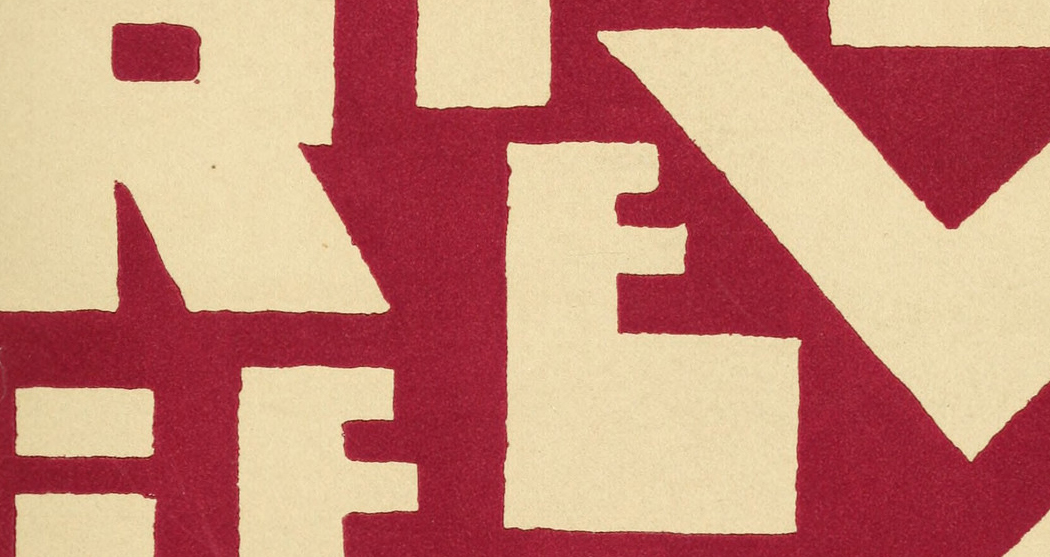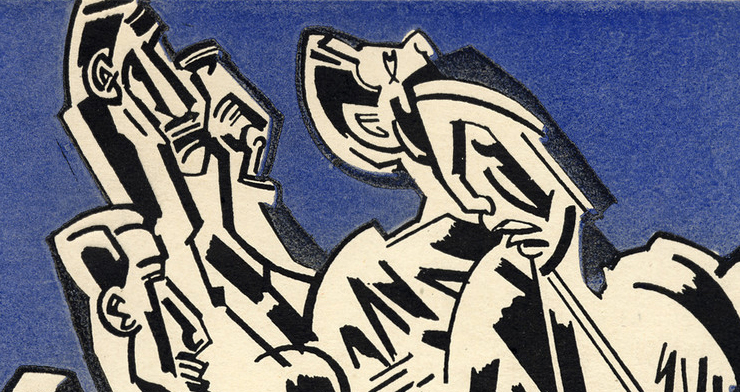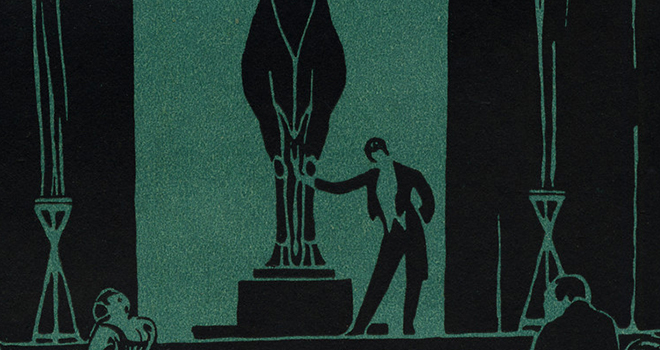Araby Map
Submitted by Emily Boutwell on Tue, 11/11/2014 - 17:08https://www.google.com/maps/d/edit?mid=zP3fg78jTS4s.k845hG2mnrcM
Attached is my basic map
Attached is my Araby map. I mapped the basic locations discussed in the story. I spent most of my time using the street view and familiarizing myself with the streets of Dublin.I really struggled to find a solid theme that I felt inspired to map for the story. It must just be the struggle of the end of the semester, but I was having a lot of trouble feeling inspired by the story.
So instead I decided to do some research on literary maps in general. I found some incredible visual examples of famous literary maps in London and other famous literary locations. Rather than just a map of the places in the stories, some of these presented a visual representation of different characters that I found to be a lot more aesthetically pleasing. It was so cool to see all of the different types of literary representation there is out there, apart from what we have learned in this class. Attached is my favorite map that I found. It depicts various literary characters in London.
I apologoize for this being a little off topic. Also I could only get the links of these to post for whatever reason.
http://ebookfriendly.com/wp-content/uploads/2014/08/Literary-London-map.jpg


